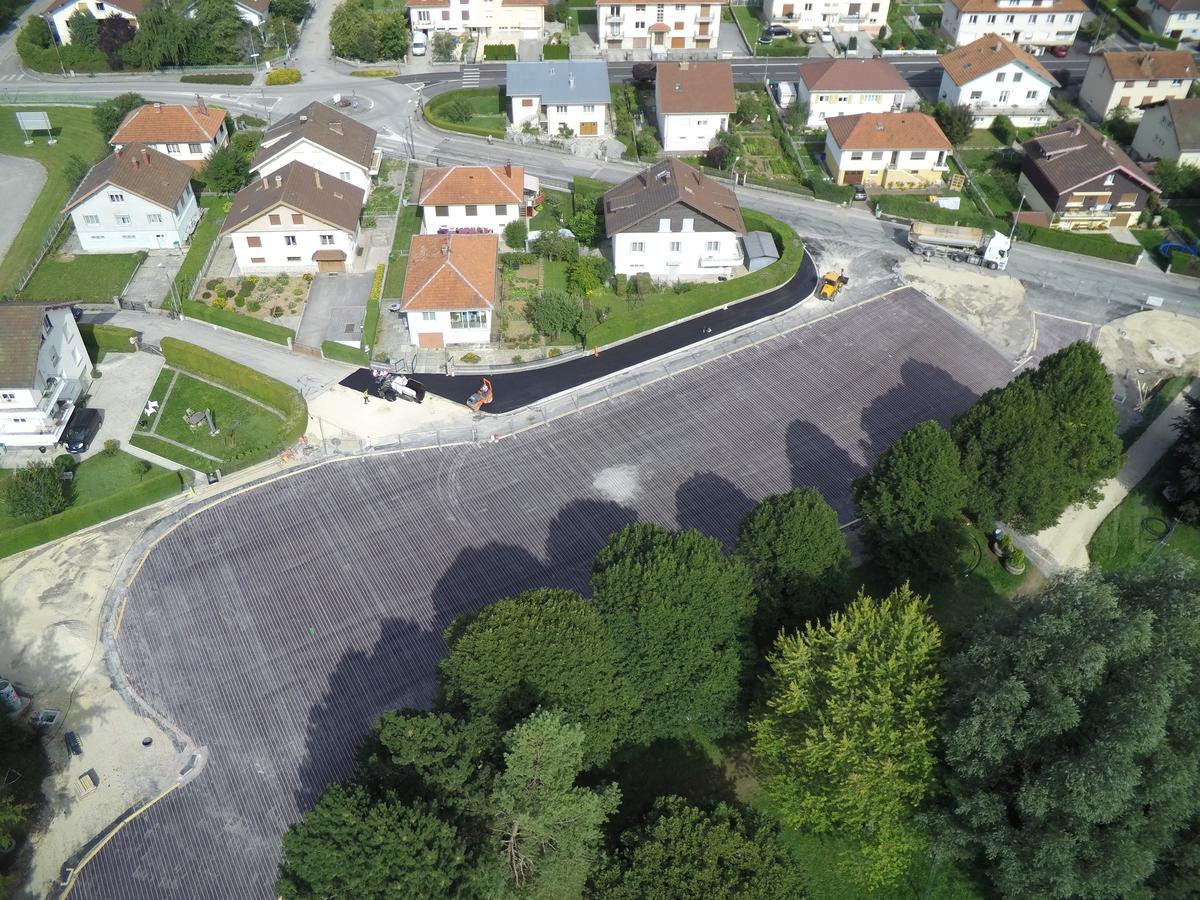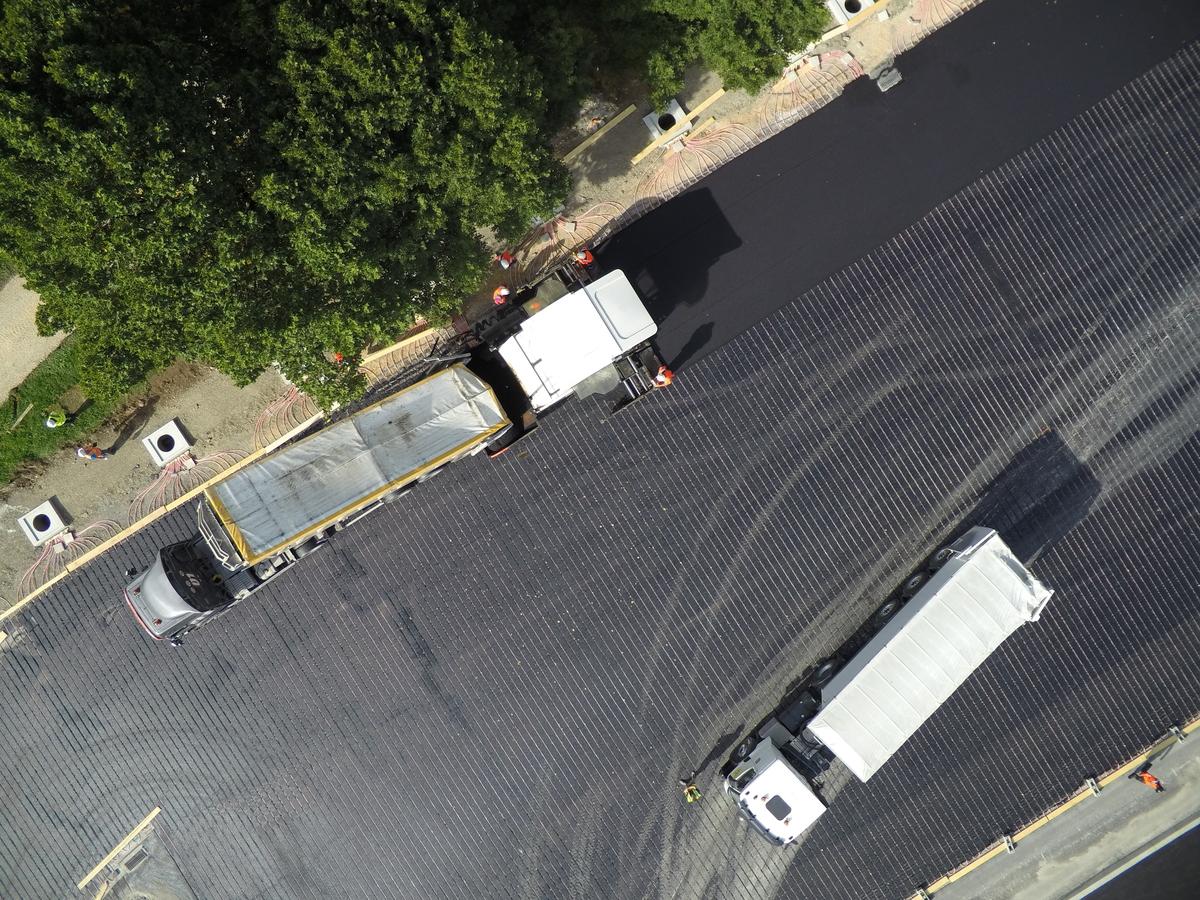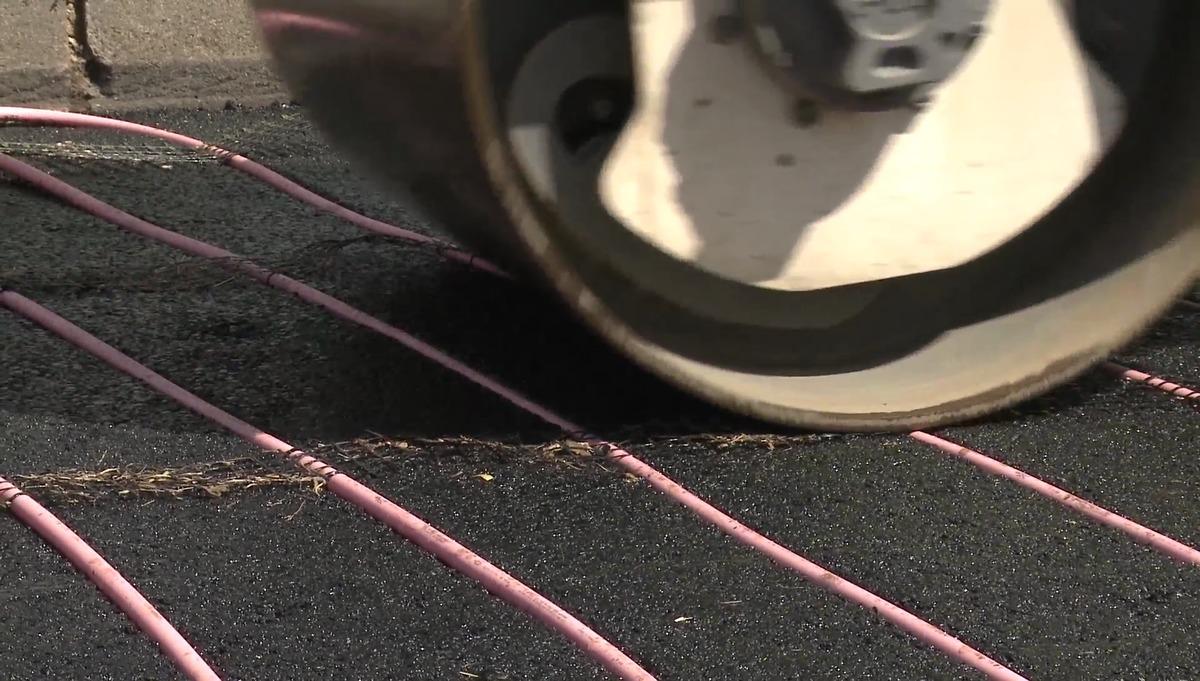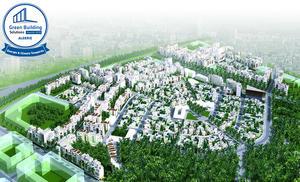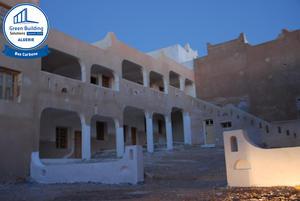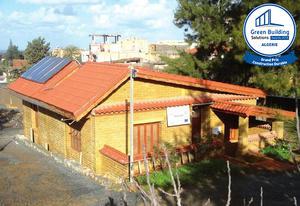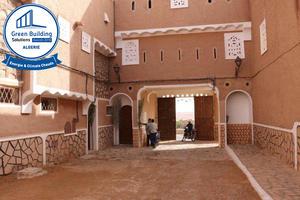Renovation of Place Henri Becquerel with the creation of an innovative demonstrative platform - Pontarlier (25)
Last modified by the author on 22/06/2018 - 12:43
- Address 1 - street : PLACE HENRI BECQUEREL, PONTARLIER, France
- Diameter : 4000
- Green energies : Thermal solar, Geothermal, Heat
- Sustainable mobility : Roads
- Circular economy and waste management : Reuse
-
540 521 €
- Builder
Eurovia
As part of the overall renovation of the Place Becquerel in the city of Pontarlier (25), the Vermot company (a subsidiary of Eurovia) installed Power Road® in August 2017 in order to clear and de-ice the parking lot of the Lycée Xavier Marmier ( located on the square), the bus dock and some sidewalks in winter.
The source of energy provided for its operation is the use of the Pontarlier heat network whose energy is generated by the combustion of household waste from the energy recovery unit of waste (Valopôle). The installation of the self-clearing roadway in the Xavier Marmier high school car park (4,400 m², including 3,500 m² equipped) is an opportunity to reconcile the extension of the heating network and the refurbishment of an aging car park. This demonstrator will define the connection protocols to a heat network and measure and optimize the energy balance on this mode of operation ... while improving the comfort and safety of users (accident risk reduction, safety of students, staff and visitors).
Progress Status
Delivered
Data Reliability
Self-declared
Funding Type
Public/Private Partnership
Website Enterprise / Infrastructure
https://www.power-road.com/Sustainable Development
Governance
- The IFSTTAR (French Institute of Science and Technology for Transport, Planning and Networks), a public scientific and technological institution, is associated with the project for the analysis of the mechanical behavior of Power Road®. IFSTTAR has equipped one of the demonstrators with a fatigue carousel (FABAC) that tests the mechanical behavior under simulated traffic of the Power Road® pavement. It monitors the results and will participate in their analysis.
- CEA Tech, the "technological research" pole of the CEA (Commissariat for Atomic Energy and Alternative Energies), is supporting Eurovia on the energy side of the project, in order to model and optimize the performance of Power Road® in this area. Studies and experiments are carried out on the platforms of the National Institute of Solar Energy (Ines), whose CEA is one of the partners.
- BURGEAP, an engineering office specializing in the environmental professions, is Eurovia's partner for the geothermal design of the project. BURGEAP is responsible in particular for studying the recoverable performance of the inter-seasonal vertical geothermal probe (SGV) storage method, coupled with the Power Road® concept.
City of Pontarlier
Local Authority
Eurovia
Construction Industry
Alongside the Eurovia teams, the involvement of specialized partners complements Eurovia's expertise in the three specific areas of mechanical behavior of the Power Road® roadway under traffic, energy performance and the design of thermal systems. using Power Road®.
Sustainable Solutions
- Energy/climate :
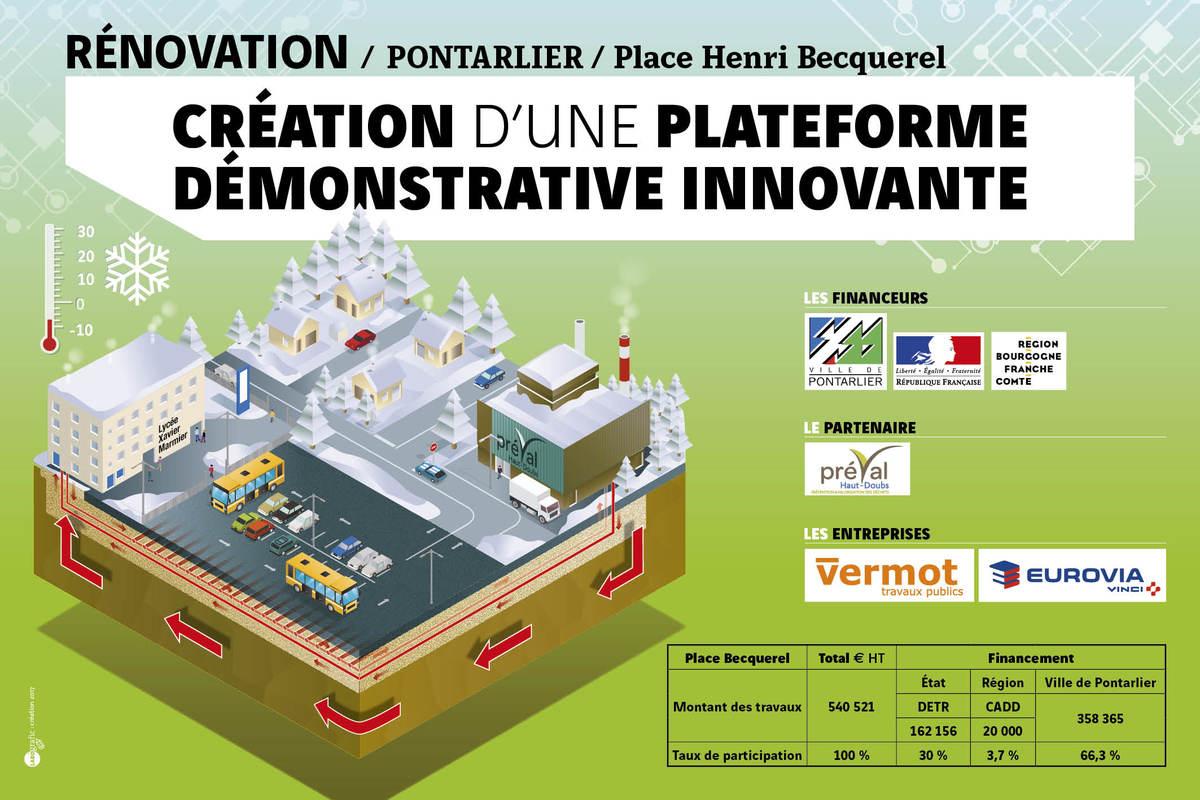
Power Road - The Positive Energy Road
Power Road® is based on a simple concept: a road that has all the usual safety, durability and recyclability characteristics for a roadway and that adds to these performances a thermal energy production capacity, capturing the heat of the sun. This heat is stored and transmitted to the surrounding infrastructure.The application of this concept is based on the integration, in the upper layers of the roadway, of a heat exchanger, consisting of tubes in which circulates a coolant. Power Road® is reversible: it can be either a thermal energy sensor linked to solar radiation during the summer; a heat emitter in particular to guarantee the viability of roads (snow removal and de-icing of roads) in winter.
Reasons for participating in the competition(s)
One of the main challenges of Power Road® is to develop the use of geothermal and solar thermal energy: the road becomes a producer and a renewable heat vector, limiting the use of fossil fuels, sources greenhouse gas emissions. This issue is fully in line with the objective set by the law for the energy transition of 2015, which is to increase by 50% the capacity of renewable energies in France by 2023. Power Road® also participates in the fight against climate change by helping to reduce the effects of urban heat islands (ICU) through pavement cooling. It limits the demand for energy related to air conditioning systems.Building candidate in the category

Coup de Cœur des Internautes





